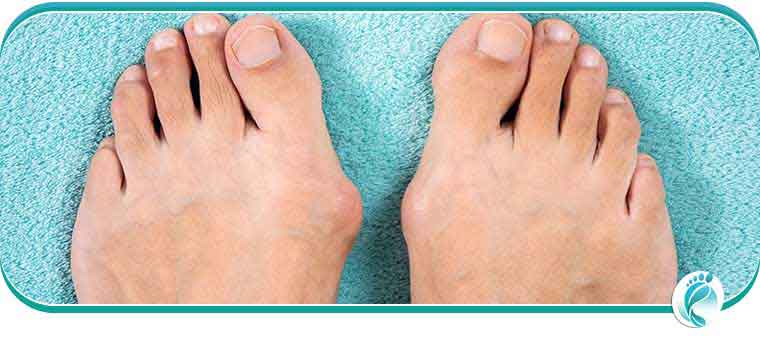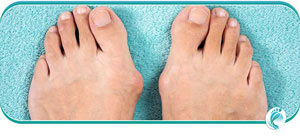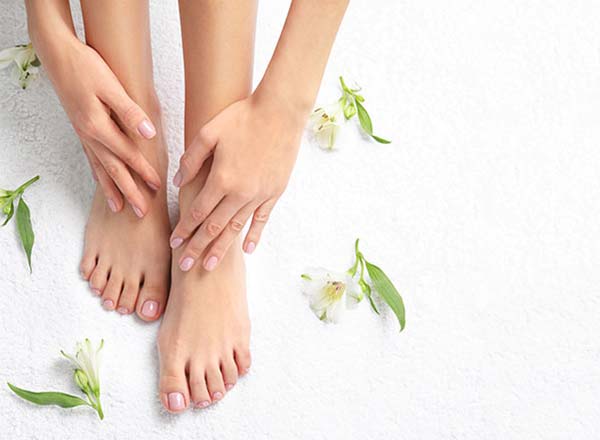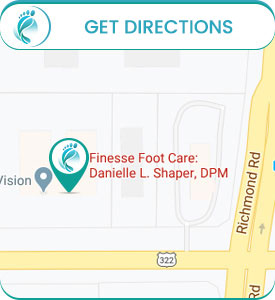Bunion Specialist Questions and Answers
A bunion is a bony or tissue deformity around the big toe joint caused by walking or foot shape. It develops gradually over time and can worsen with prolonged standing and wearing narrow shoes. Pain, inflammation, redness, a burning feeling, and sometimes numbness can be the symptoms of a bunion. If you are looking for bunion treatment, then consider Finesse Foot Care, as our podiatrist, Dr. Danielle L. Shaper, DPM treats many kinds of foot injuries like bunions. This bony bump can hurt a lot and the only way to get rid of it is through proper treatment. For more information, contact us or schedule an appointment online. We are conveniently located at 5035 Mayfield Rd, Lyndhurst, OH 44124.


Table of Contents:
What are bunions?
How do you remove bunions?
What does recovery from bunion surgery look like?
When you have bunions, they can cause intense pain and discomfort. At Finesse Footcare, we offer exceptional surgical options for bunion removal, so you can achieve relief from intense bunion pain and have the freedom to wear shoes without worry.
Bunions are bony bumps that can form on your big toes. Bunions consist of both bone and soft tissue and can cause a lot of pain for people who develop them. When you have a bunion, your first toe will begin pointing toward the second toe of your foot, which can make the situation all the more uncomfortable. Women develop bunions more often than men because of the types of shoes some women wear on a regular basis. Bunions are most often the result of wearing shoes that are too narrow or small in the affected area, such as pointed toe ballet flats or high heels. When you have bunions, it can not only cause pain, but they can be very embarrassing for people who develop them and keep you from being able to wear shoes or walk comfortably. At Finesse Footcare, we can remove your bunions, so you can enjoy your daily activities without foot pain.
Unfortunately, once you develop a bunion, it will remain unless you have surgery to remove it. There are, however, some steps you can take to make yourself more comfortable and reduce the chance of your bunion getting worse while you wait to have surgery. Warm foot soaks, ice packs, special shoe inserts, and wearing appropriately fitting shoes can all help. Maintaining a healthy weight can make you more comfortable overall and help prevent you from developing bunions in the future by taking pressure off the joints of your feet. When it is time to permanently correct your bunion, bunion removal surgery is the only answer.
Bunion removal surgery is typically performed on an outpatient basis, meaning you will be able to recover in the comfort of your own home as soon as a few hours following your procedure. The recovery process following bunion surgery will involve wearing a cast or boot and using crutches followed by a protective brace. Recovery will take approximately 6-8 weeks, but total recovery could take as long as 4-6 months. You will need to keep off your feet as much as possible while you are recovering, and consistent use of ice packs can help reduce inflammation and speed the healing process. Physical therapy can help strengthen your foot and lower leg. Everyone who has bunion surgery should wear roomy shoes while their foot heals, and women should avoid high heels for 6 months following their surgery. Patients who have had bunions removed can resume driving after about 2 weeks if necessary.
If you live in the Lyndhurst, OH area and would like to talk with a skilled podiatrist about your treatment options, contact Finesse Footcare today. We serve patients from Lyndhurst OH, Chagrin Falls OH, Beachwood OH, Pepper Pike OH, Woodmere OH, Hunting Valley OH, Solon OH, Mayfield OH, Moreland Hills OH, Orange OH and surrounding areas.




